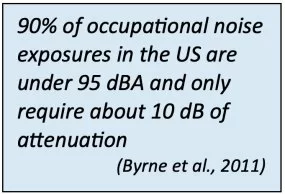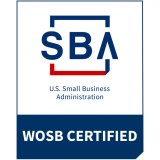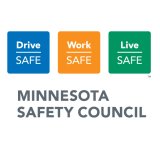


 There's no question that repeated and long-term exposure to loud sounds can result in permanent noise-induced hearing loss and other complications such as tinnitus (ringing in the ears) and difficulty communicating in background noise. It's important to offer a variety of hearing protectors that provide adequate noise reduction for an individual's noise exposure. Many companies mistakenly believe that the higher the noise reduction, the better. This is not the case. Instead, it's essential to identify hearing protectors that provide an appropriate amount of noise reduction, not too little but not too much either. Too much protection, or "overprotection," occurs when a hearing protector reduces sounds to such low levels that it's difficult for the wearer to understand conversations and/or hear important sounds around them. And an inability to hear warning signals or verbal messages can keep workers from performing their jobs safely and efficiently.
There's no question that repeated and long-term exposure to loud sounds can result in permanent noise-induced hearing loss and other complications such as tinnitus (ringing in the ears) and difficulty communicating in background noise. It's important to offer a variety of hearing protectors that provide adequate noise reduction for an individual's noise exposure. Many companies mistakenly believe that the higher the noise reduction, the better. This is not the case. Instead, it's essential to identify hearing protectors that provide an appropriate amount of noise reduction, not too little but not too much either. Too much protection, or "overprotection," occurs when a hearing protector reduces sounds to such low levels that it's difficult for the wearer to understand conversations and/or hear important sounds around them. And an inability to hear warning signals or verbal messages can keep workers from performing their jobs safely and efficiently.
So first, run the numbers to determine which hearing protectors are appropriate for your jobs/noise exposures. Keep in mind that the majority of noise exposures in industry only require about 10 dB of noise reduction.
Access CavCom‘s noise reduction calculator and check out our noise reduction resource section for more information.
Next, remember that real-world protection depends on a good fit and seal of the ear, and consistent use whenever exposed to noise. The best way to determine if the individual is able to achieve an appropriate amount of protection is to conduct individual hearing protector fit testing.
Learn more about Fit Testing as a best practice for hearing conservation programs.





